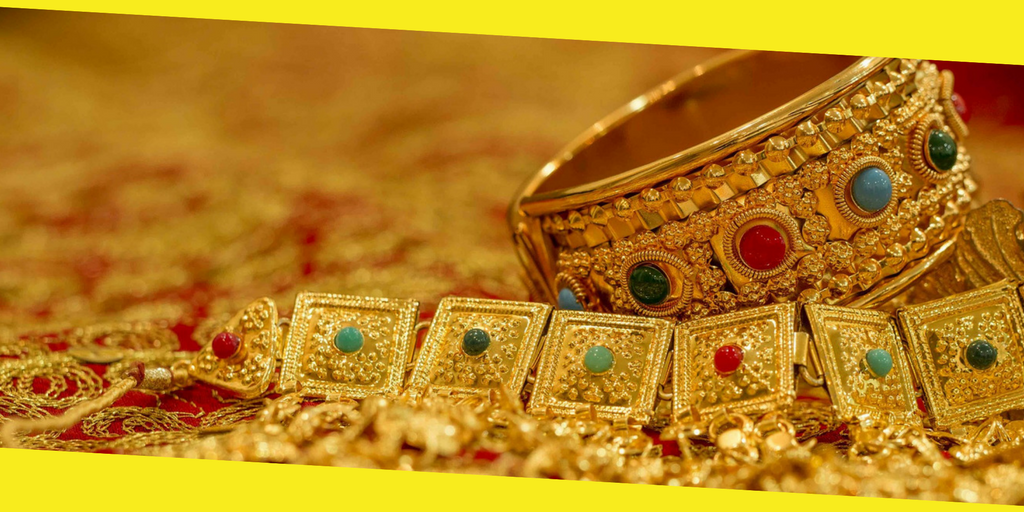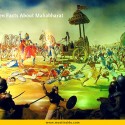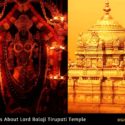Historical Significance of Gold and Silver Ornaments on Dhanteras
This post was last updated on November 20th, 2023

With all these sparkling and dazzling lights, lamps, rangolis, sweets, gifts and crackers, Dhanteras is celebrated all over India followed by Diwali. A wave of excitement, happiness, peace and fun rush through the hearts of Indian people, when the day of “Dhanatrayodashi”, the first day of Diwali comes around each year, according to the Indian calendar. People start shopping new clothes, furniture, home appliances, gold and silver jewelleries, gold-silver coins and idols and many other special artefacts. But have you ever wondered why Dhanteras is believed to be celebrated with gold and silver ornaments and any other precious metal stuffs, well, it has its own historical significance.
History of Dhanteras
“Dhanteras” meaning is “wealth” and “prosperity” itself. According to our Hindu calendar and festival history, this day is celebrated in the month of ‘Ashwin’ on the 13th Lunar day. Diwali is a five day long festival out of which the first day of Diwali is known as Dhanteras, which comes two days before Diwali, that is Lakshmi Pujan. On this day people purchase gold and silver coins, jewelleries and even utensils to impress the Goddess of wealth and prosperity. It is believed that buying all these gold and silver ornaments brings wealth, success and good fortune in the house and homes. People white wash their homes and offices, some carry out colour renovation and cleaning of homes and houses are also done in this Dhanteras-Diwali festive to eliminate negative vibes and energies dwelling in.
History of Diwali
This festival is one of the biggest festival of Hindu religion as according to Indian mythology Lord RamaChandra returned Ayodhya Kingdom along with his wife from the 14 years of exile establishing the victory of truth and virtuous over evil and falsity by killing Ravana of Lanka. On returning to Ayodhya Kingdom, Lord Ram and Goddess Sita with younger brother Lakshman were welcomed with lights, flowers and diyas all around the kingdom.
Historical Significance of Gold and Silver on Dhanteras
According to Indian mythology, King Hima’s 16 year old son had his horoscope (kundali) prediction that death would grab him on his fourth day of marriage by a snake bite. To disenable the prediction and its effect, King Hima’s daughter in law stayed awoke and didn’t let her husband to sleep that night. She formed a heap of all her ornaments and jewelleries right before the entrance of her husband’s room with lightened diyas all around (mud lamps) crooning and narrating stories to keep her husband awakened entire night. When Lord Yama (God of Death) emerged to visit King Hima’s son in the semblance of a snake, his eyes were dazzled and blinded with the bright sparkling and shining lights and reflections of the ornaments and he couldn’t enter the room. It is said that Lord Yama sat there before the entrance of the room and kept listening the tales and stories narrated by King Hima’s daughter-in-law and the next day he left the place silently as he missed the exact time period to take King Hima’s son’s life along with him. Thus, King Hima’s daughter-in-law saved her husband’s life from Lord Yama itself with such smartness and intelligence. From that very glorious day, Hindu’s started believing that gold and silver ornaments and artefacts with diyas and lamps could eradicate negative vibes and death itself from inside out of your house and homes and that day was named as “Dhanteras” or “Dhanatrayodashi”. This historical significance of gold and silver ornaments on Dhanteras is being celebrated as a day of welcoming wealth, prosperity and glory to homes, shops and offices.
Celebration of Dhanteras
Dhanteras is also known as “Dhanvantri Jayanti Pujan”, “Dhanwantri Tridoshi” and “Yamadeep Dhanatrayodashi”. Lakshmi pujan is done on Dhanteras throughout the Pradosh Kaal and it starts after the sunset that lasts for one and half hour. The 13th day of Ashwin month (Krishna Pakhsha) is celebrated by worshipping Goddess Lakshmi as the custom of “Naivedya” especially in Maharashtra. It is a mixture of fine coriander seeds flour and jaggery to prepare a traditional sweet offered during Lakshmi pujan. Coconut sweets, motichoor laddoos, son papdi, peda, barfi are some other sweets that are also offered to Goddess Lakshmi during the puja and later distributed as prasads and gifts. The historical significance of gold and silver ornaments on Dhanteras is little bit different in Southern India as, south Indian people adorn their cows with silver, gold, brass and copper ornaments as it is considered to be the reincarnation of Goddess Lakshmi. In Eastern India, people offer seven cereals wheat, gram, barley, urad, moong, masoor and rice to Goddess Lakshmi as they believe offering cereals to Goddess Lakshmi will keep their crop and cereal storage full throughout the year. Dhanteras is incomplete without bhajans, diyas with ghee and castor oil, decorative colourful hangings, lamps, lights and various colourful sweets in every Indian family.
Bring that enthusiasm in your hearts and let the zest and wave of happiness and fun flow all around you this Diwali and Dhanteras. Happy Dhanteras and Safe Diwali to all!
MORE ARTICLES
Recommended For You
5 Facts About Karma You Must Be Aware Of
Priyadarshini Muduli
A full time passionate writer with imperishable determination to bring healthy, smart and pragmatic changes individually and socially. Concentrate especially on lifestyle, life and personal improvement, relationships, mental health and behavior, viral issues and literature based subjects.




